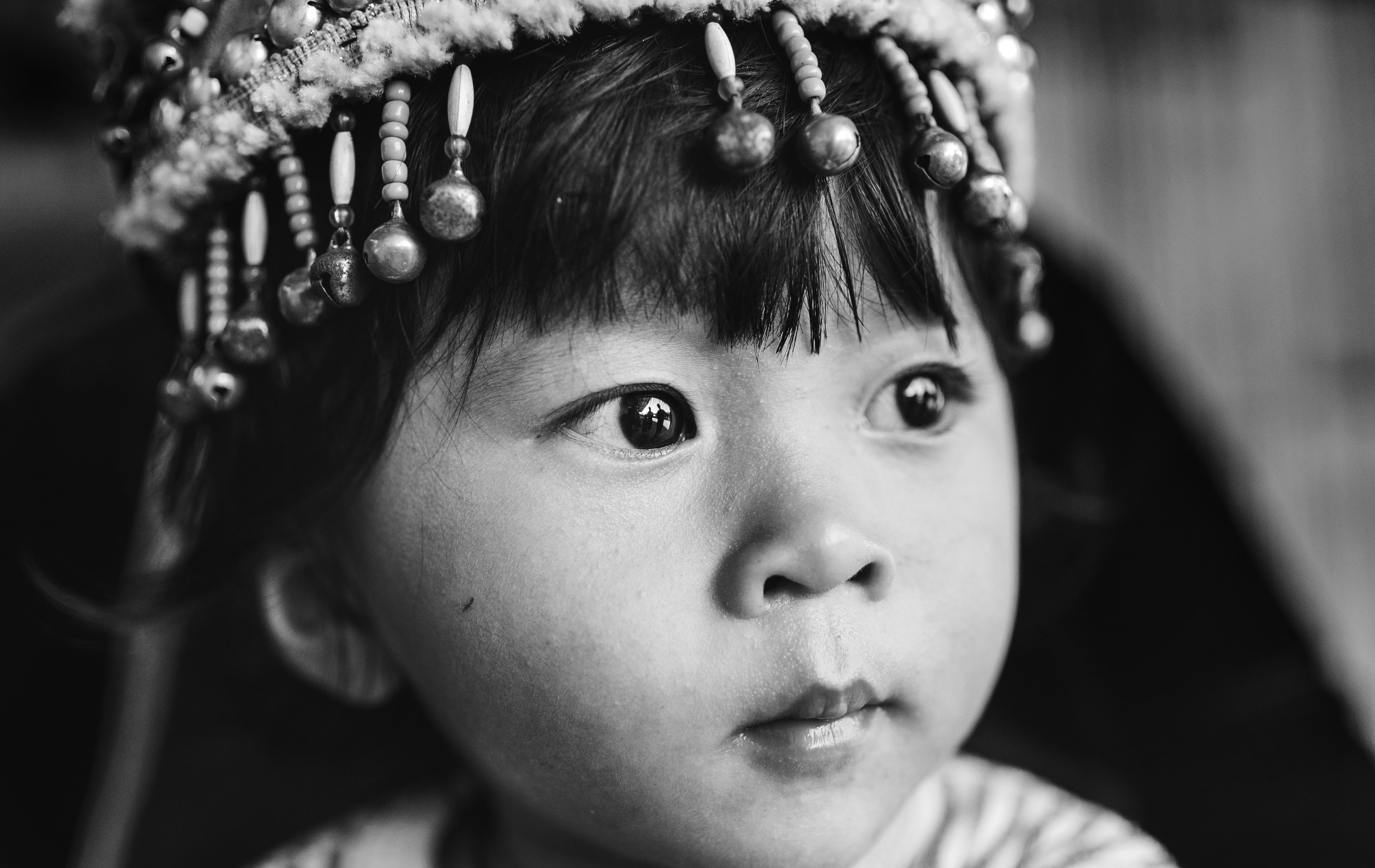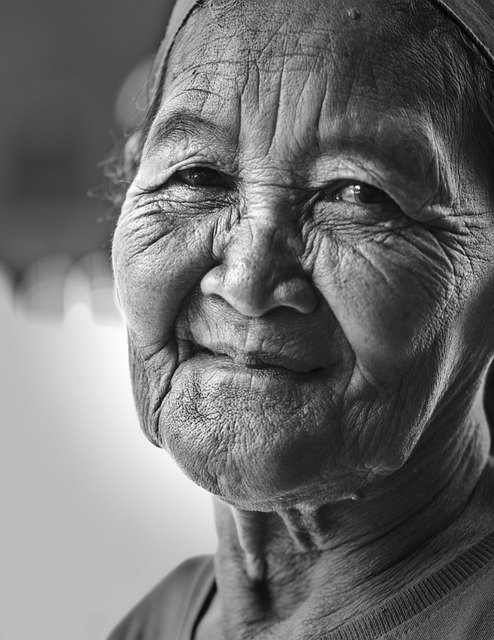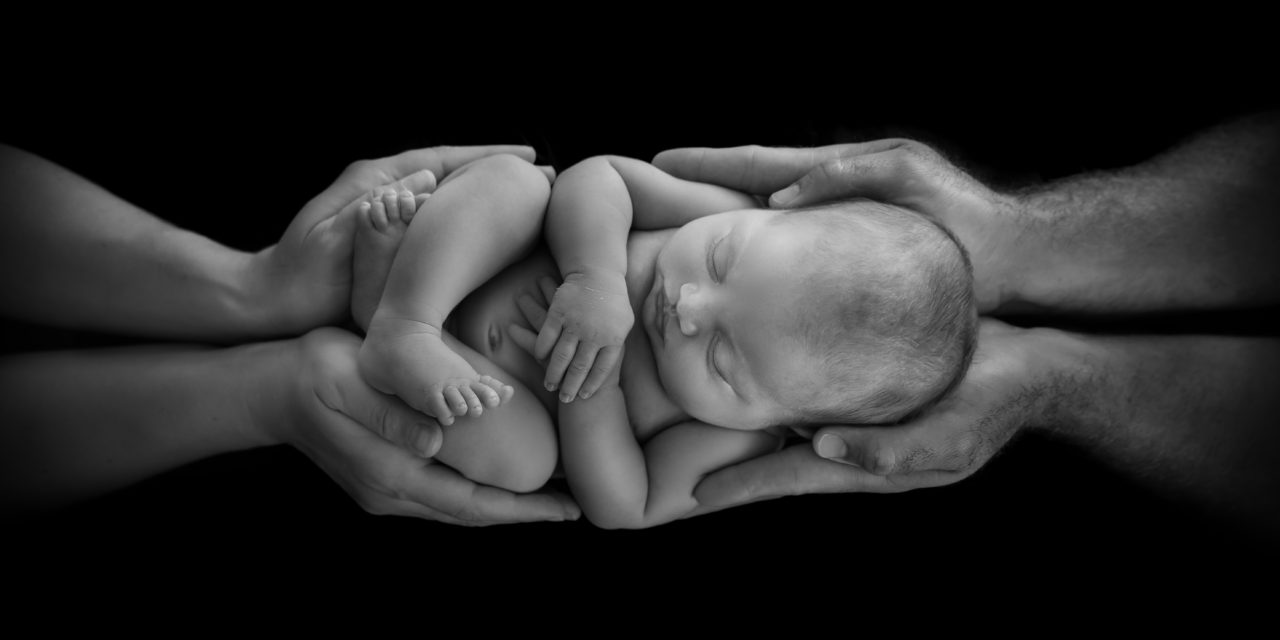Years ago, not long after the birth of my second child, I had what felt like a divinely inspired epiphany. Even though I had no proof, I knew that somewhere in our past, we humans must have once known and honored a female aspect of God.
I’m still not sure how or why I knew this, but suddenly it seemed like simple common sense. Life emerges from mothers, as I’d now experienced twice. This is not only true for us humans, but also of other animals and even plants, who emerge from the body of Mother Earth. If the vast majority of life originates within the bodies of mothers, then why wouldn’t our ancestors have envisioned the creator of all life to be female?

My curiosity about this female face of God set me on a path of discovery that I’ve been pursuing for the last five years. I’ve learned a great deal – so much, in fact, that some of the first questions I had about Her can still be some of the hardest to answer in a concise way. Yes, a female version of God might exist, but who or what is She? What does She represent?
These are big questions, and ones that this human mind probably isn’t qualified to fully answer. But through my own research, I’ve developed a working definition of the Sacred Feminine that might be helpful for those who are seeking to learn more about Her.

First, the Sacred Feminine is a historical fact, as demonstrated by a significant amount of art, archeological finds and myths reaching back nearly 30,000 years. The first evidence of Her appears during the Upper Paleolithic Era, a period of time ranging from 50,000 BCE to 10,000 BCE, in the form of more than 250 figurines of women that have been discovered in sites scattered across Europe, Siberia and Eastern Russia. Despite being found across a vast geographic span of more than 4,000 miles, and in some cases being dated to periods of time thousands of years apart, these figurines nonetheless share remarkably similar characteristics.
They are small, most standing only several inches tall. The most famous of them depict women who are anything but small – instead, they are large and round, with pendulous breasts, round bellies, seriously big butts, and in some cases, emphasized genitalia. They also lack both feet and facial features of any kind.
Archeologist Christine Desdemaines-Hugon has suggested that these similarities are no accident – instead, they represent not only a “shared understanding of the symbolic significance of the figurines,” but also some kind of shared agreement that the statuettes needed to be crafted in a particular way.

We will likely never fully know the purpose or intent of these beautiful little figurines, but after studying many photos of them and even seeing a few in person, I’m inclined to agree with scholar Sharon Paice MacLeod’s perspective on them: “Whether they represented religious ideas, marked the dwelling place of spirits or ancestors, or represented deities or female spirits, they are sacred.”
As we move forward in time, the evidence of the Sacred Feminine continues to grow. By the time the Neolithic Era arrives, beginning about 10,000 BCE, evidence of Her explodes, with 30,000 Goddess sculptures found from this time period in Southern Europe alone.
Many sculptures from this time period depict the Sacred Feminine as part woman and part animal. In many, many others, snakes, waves, eggs and spirals are seen twisting themselves around the body of what appears to be a Goddess and other items associated with Her. Interestingly, many of these images also seem to connect with creation myths and stories that appear in later eras. For example, there are several creation myths that envision a female creator born of water; others describe a snake Goddess who created the world.

By the time writing appears during the Bronze Era (which began roughly 3,000 BCE), we finally begin to know the names of some of these powerful Goddesses: Isis, Inanna, Astarte, Asherah, Tiamat, Nammu, Demeter. And speaking of writing, here’s a fun fact: the first evidence of writing appeared at a temple dedicated to the Queen of Heaven in Erech (or Uruk), an ancient Mesopotamian city in what is now Southeastern Iraq.
While the Goddess still holds a place of prominence in some corners of the world, such as India, the creation of writing also tracks a slow and steady decline in Her power in most other places, as kings began to consolidate power and more warlike, male deities rose in stature. But for a documented 25,000 years, the Sacred Feminine appears to have been a dominant spiritual concept for many ancient peoples.
This brings me to the second part of my definition. The Sacred Feminine is a power spiritual idea in her own right, with distinctive characteristics that distinguish Her from some of the more dominant religious traditions we might be most familiar with. In other words, it isn’t as simple as calling God a “She” versus a “He.”

For example, the Sacred Feminine has long been connected with the natural world, not as a separate entity that created life and then removed Herself from the picture, but as inseparable and indistinguishable with Her creation. This is remarkably different from the picture that most of our dominant monotheistic traditions paint for us today. While we might imagine a Christian God creating the heavens and the Earth, the Sacred Feminine simply is the Earth and the plant and animal life here. This brings an inherently sacred nature to all of life. From the tiniest blade of grass to the most prominent spiritual and political leaders, we’re all equal in Her eyes, deeply interwoven with each other, and a living extension of Her body.
In the worldview of the Sacred Feminine, time is not linear – it exists as a spiral, with never-ending cycles of birth, death and rebirth. We see this all around us in the endless cycles of nature. Our ancestors once aligned their rhythms closely with these natural rhythms, honoring the pivotal points of the changing seasons with celebrations. There is also evidence to suggest that they viewed their own lives in the same way, with death not being seen as some sort of final resting place, but simply one part of a ceaseless cycle of life before rebirth occurs.

If both time and life continue in a never-ending spiral, then many of the most common and troubling traits of our modern culture no longer make sense. For example, war isn’t a particularly effective tool for control, because life that has ended in death will simply return. This could be one reason why there is less evidence of warfare among early humans. Consuming more than one needs also makes no sense, because if the cycles of human life are never-ending, then the ecosystem that supports human life also needs to be healthy to perpetuate the cycle.
This brings me to the third and final aspect of the Sacred Feminine: I believe she represents the remedy for a world that has become hopelessly out of balance. Virtually all of our climate scientists and experts tell us we are quickly running out of time to preserve life as we know it on this planet. In fact, the 6th mass extinction has already begun, with species being lost at a rate faster than any time in our Earth’s history for the last million years. Human overconsumption has also greatly depleted our natural resources and created a hierarchy of extreme inequality, and all projections point toward worsening conditions in immediate decades ahead.
In short, our entire planet is suffering, and we are suffering along with Her. A spiritual presence that honors and acknowledges that all of life is sacred, beginning with our own lives and the human, animal and plant lives right outside of our windows, could be tremendously helpful in restoring balance and acknowledging our interconnectedness in this delicate web of life.
If we are seeking balance, we also need to acknowledge what is true and right underneath our noses. Just as a female version of God has been mostly absent from our world for many thousands of years, female-identified bodies, along with attributes, emotions and experiences that have traditionally been labeled as “feminine,” have also been repeatedly and historically viewed as less important and less relevant than male bodies, attributes, and experiences. We cannot restore balance and find wholeness, in ourselves or in society at large, without addressing these realities.

In the end, it is not about creating some kind of new, Goddess-centric religion, or even about placing women in positions of power. Religions rely on hierarchy, as do our current power structures. The Sacred Feminine calls for something different. Hers is a call for deep respect and reverence for all planetary life. It’s also a call to elevate the marginalized and suppressed voices in our society while simultaneously remembering our collective place in the natural order – as no lesser or greater than any other living thing.
This may seem like a tall order, but I believe it’s possible. Our ancestors knew how to walk closely to the Earth, and how to align themselves with Her rhythms. Their DNA lives on in us, which means that somewhere within us, we know how to do this, too.








Thanks for the information..
Thank you for reading!
I’m a firm believer that Mary was the teacher of Jesus the mother of us all I keep wondering why the sacred feminine is lost from the. Bible now are their people who still practice the sacred feminine
Loved reading this so much. This part moved me:
“While we might imagine a Christian God creating the heavens and the Earth, the Sacred Feminine simply *is* the Earth and the plant and animal life here. This brings an inherently sacred nature to all of life. From the tiniest blade of grass to the most prominent spiritual and political leaders, we’re all equal in Her eyes, deeply interwoven with each other, and a living extension of Her body”.
So good. Thank you for sharing.
A beautiful read that is very informative ! I love the images, they are beautiful !